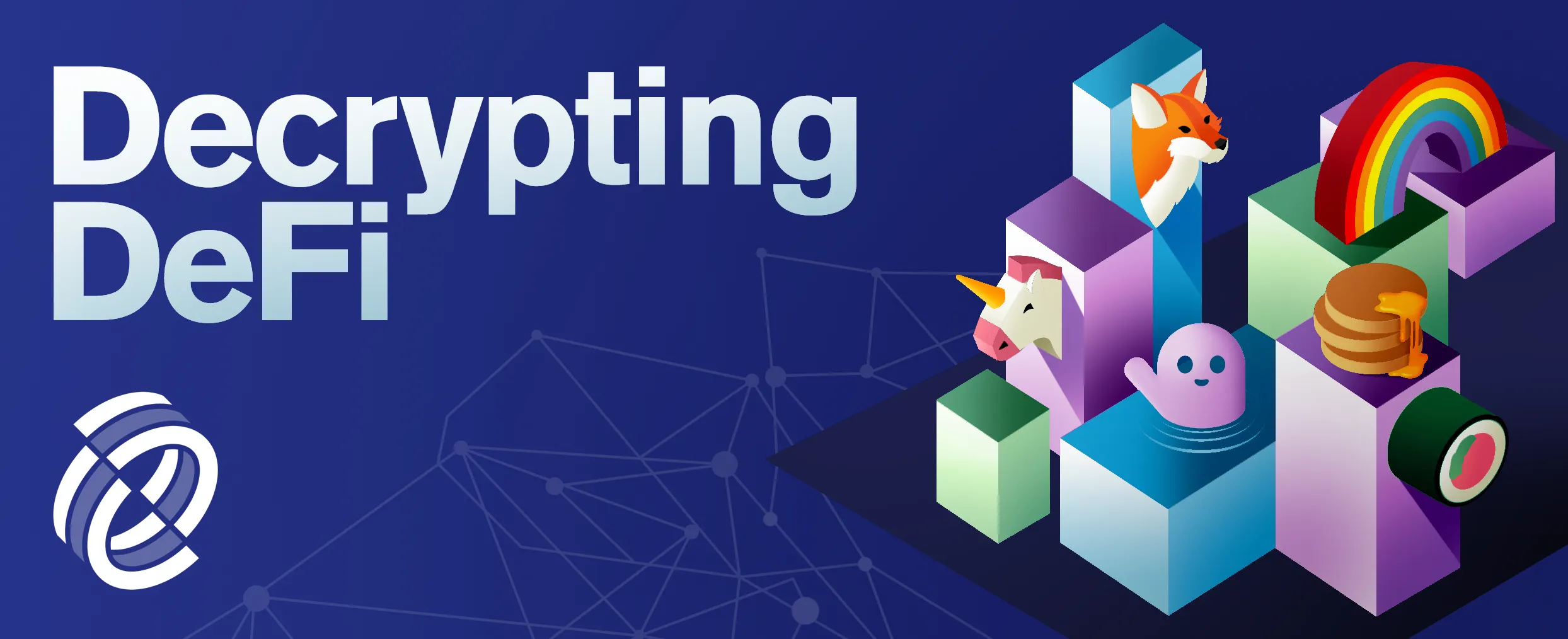
It’s been a pretty dull bear market of late. Bitcoin has flirted with $30,000 for some time, and Ethereum has only briefly managed to get out in front of that pesky $2,000 mark.
It feels like a lot of the same in DeFi. Derivative changes lead different projects to temporarily swap TVL for a period; a week later that same money flows back into the first project.
Even Uniswap, one of the niche’s defining projects, barely registered a blip after launching its latest iteration.
So, what’s next for decentralized finance? The sector’s salad days are clearly over, but does that mean DeFi has no future?
Let’s start by first unpacking the data. Per DeFi Llama, the niche still has roughly $45 billion sloshing around across various projects. That’s miles off from its peak of $178 billion set back in November 2021, but it’s also a few projects lighter (ahem Terra).

These days, this value is primarily concentrated in liquid staking. Two of the ten largest projects are in this category: Lido Finance ($14.5 billion) and, ironically, Coinbase’s staked Ethereum ($2.27 billion).
Both have soared in popularity following the successful execution of Ethereum’s change to a proof-of-stake consensus network, giving rise to the popular term “real yield.”
Instead of shell games played among different DeFi projects (again, Terra), the yield generated by staking ETH is about as legitimate as it gets—at least for crypto.
There are real users swapping coins or flipping NFTs, and developers seemingly deploying smart contracts on the network every day. Those who stake their ETH are performing a real service to keep those transactions secure, and are thus rewarded.
That’s one future, then: DeFi products built atop and around the rise of the real yield meme. In another edition of Decrypting DeFi, we unpacked a far more complex project called Eigenlayer that’s also riding this wave.
There’s also chatter of various institutional players looking to build even more products to scrape another 1% or 2% off that real yield. That’s a trend that folks should certainly keep a close eye on.
Another future is how another kind of yield—that of real-world assets—is turbo-charging projects like MakerDAO, and specifically, its native stablecoin DAI.
What was previously a measly 1%, the DAI Savings Rate (DSR) has soared to just under 4% for holders who decide to deposit the dollar-pegged stablecoin into the contract.
The reason the protocol is able to dole out such an increase is in part due to the revenue that it’s generating from various tradfi deals the community has voted on executing.
Last June, for example, the Maker community voted to buy short-term U.S. Treasuries and bonds from BlackRock for $500 million. The yield generated from that and other similar deals is now being redistributed to DAI holders.
These two futures might not be as sexy as double-digit yield farms or the food coins of yesteryear, but they’re futures nonetheless.
As the degens used to say in the summer of 2020: It ain’t much, but its honest work.
Decrypting DeFi is our DeFi newsletter, led by this essay. Subscribers to our emails get to read the essay before it goes on the site. Subscribe here.

